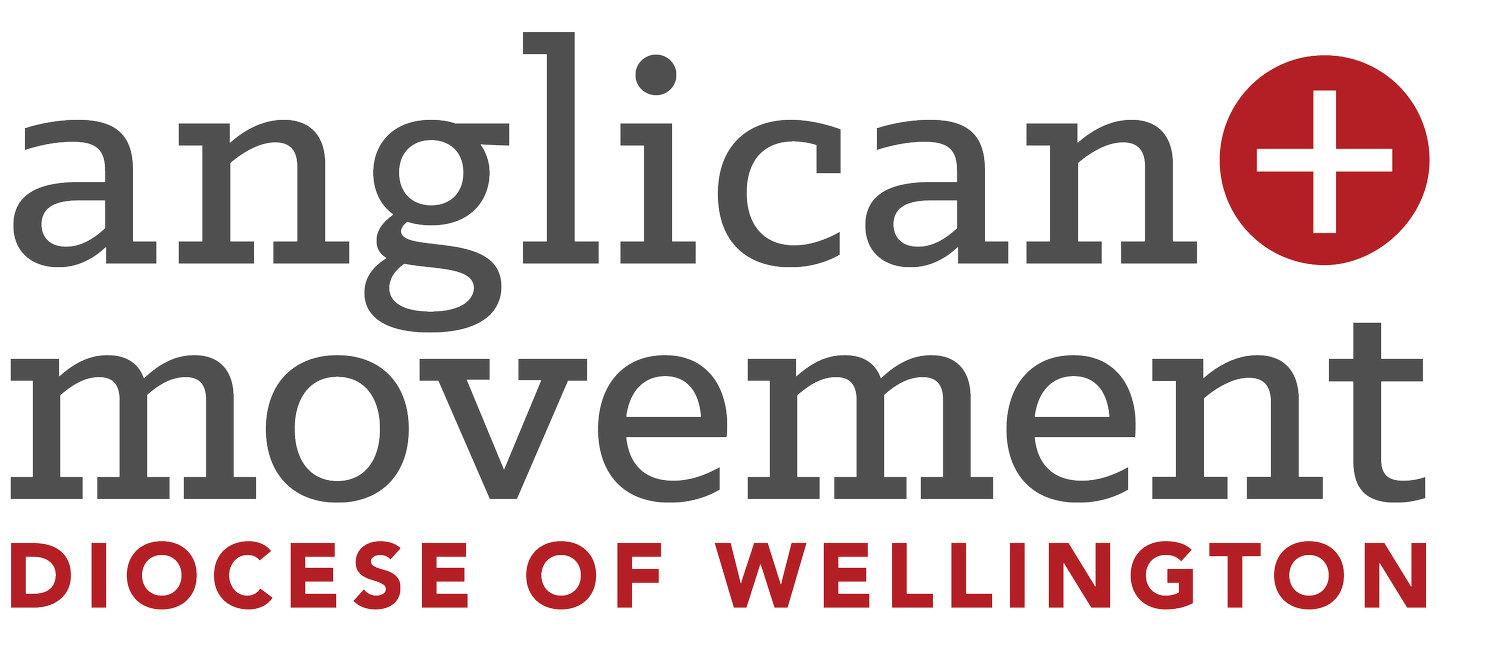Waitangi Visit - Deeply Moving and Inspiring
Eleven of us travelled to Waitangi this year to take part in the Karuwhā programme of learning and serving. Our group, from Re New communities and other mission units in the Diocese, visited significant sites, served on the marae and engaged with what it means to be tangata tiriti.
The Karuwhā trust seeks to engage Aotearoa New Zealand in a conversation about identity and history to help people know the story they are part of. One way they do this is through leading an annual hikoi to Waitangi. Here they help people experience the commemorations and form connections to Waitangi. Karuwhā returns each year with new pilgrims under the privilege and welcome of tangata whenua.
As we gathered in anticipation on our first day outside of Tei Tī Marae, all around was an air or anticipation that this was a significant time in NZ’ history. As the kaikaranga called us to join them in a pōwhiri, we experienced words, waiata and movements of welcome - an extended hand of inclusion that said a welcome that said “you are so welcome, here pick up a tea towel”. Alongside this our rōpū was reassured by the Rangatira telling us that we all belong in the story of our land and that amongst our differences our God given spirit is our common ground.
Our second day involved a trip to Rangihoua Bay, to the site where the Anglican missionary Samual Marsden arrived and preached the first gospel in 1814. Our generous guide inspired us to look out to Te Ao Wairua - the horizon - what some in our Dio might articulate as the thin place - the place where heaven and earth meet. A reminder that some things can’t been seen in the natural, a place where we have to go back to the beginning to see what we need to see for the future.
It was a deeply moving and inspiring time, and we were challenged to consider how we might embody this commitment to seeing thighs this way, by becoming small hinges on big doors, where even the smallest act of kindness or service can pave the way for even greater things in the spiritual.
This whaikorero was supported by Bishop Kito in our evening worship at St Peters in Paihia. He told us that while many come to Waitangi to offer themselves in service, the Karuwhā group’s continued service has resulted in being asked to lead the morning Dawn Service.
One of the abiding challenges that we were left with as a group was that from Tākuta Veronica Tawhai - Tiriti educator who encouraged us to think about what Te Tiriti means to us on Mondays. We can’t just learn this stuff and tick a box. Our greatest challenge now is to mature in our understanding and practice in our local contexts. She encouraged us to find allies, to get curious and to know not just the principles but the provisions of the Treaty.
One example of this is Amanda, a young person in our Diocese who started planning to be part of the rōpū a year before getting there; “I’ve never experienced anything like the relationship and partnership with tangata whenua we had over the weekend and the way we got to serve together”.
As Lilian Murray one of the Karuwhā team asked, in our concluding poroporoaki - “What Grace Is This?”
In our learning, in our service, in both our organized and spontaneous korero, but even more importantly in the spiritual not natural realm, there was something of a bowing of the knee that occurred over these special days.
Rev Jax Clarke, Lyall Bay Community Church



